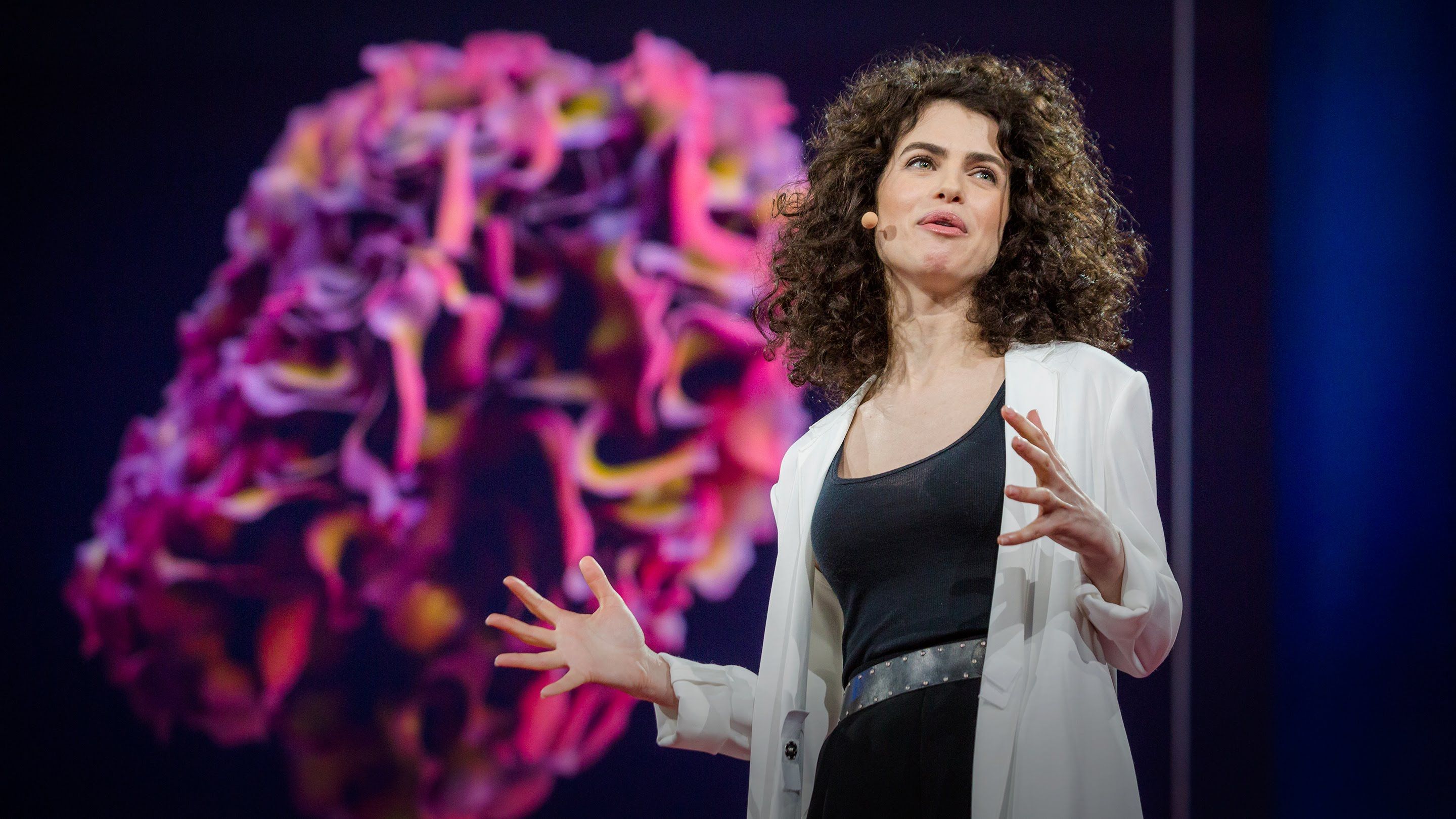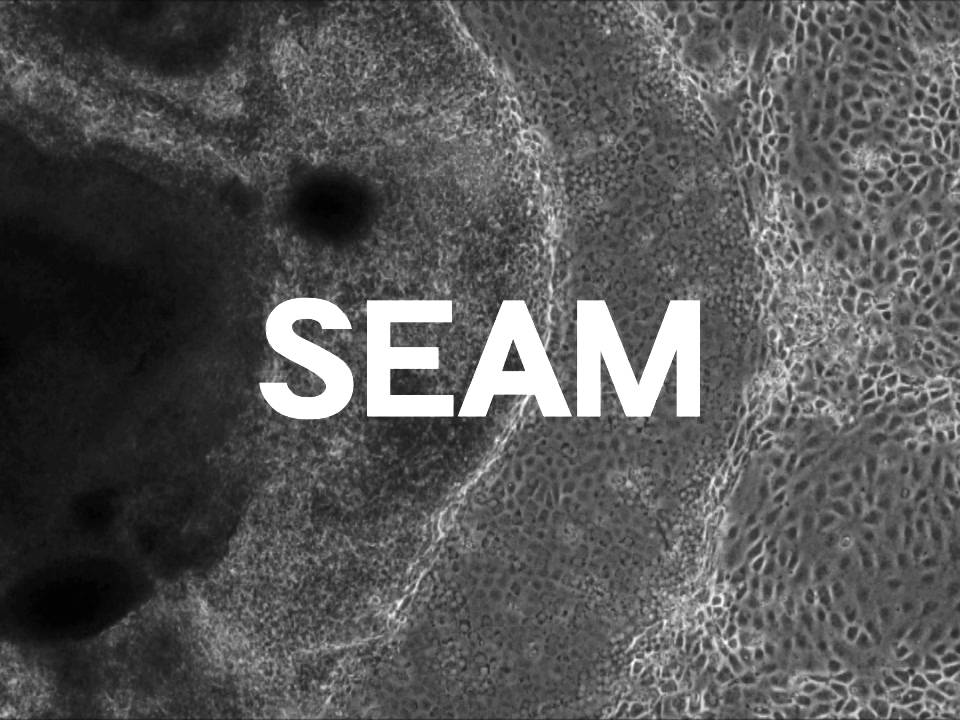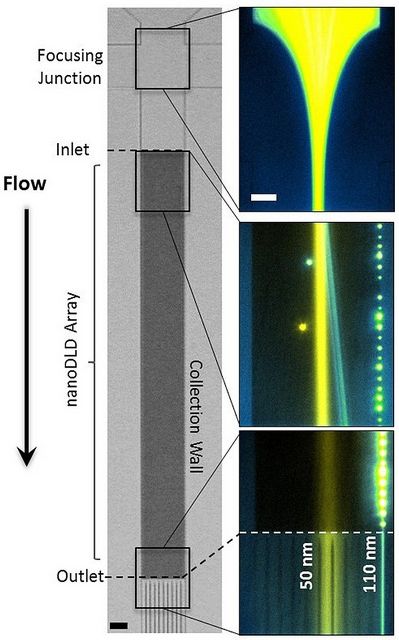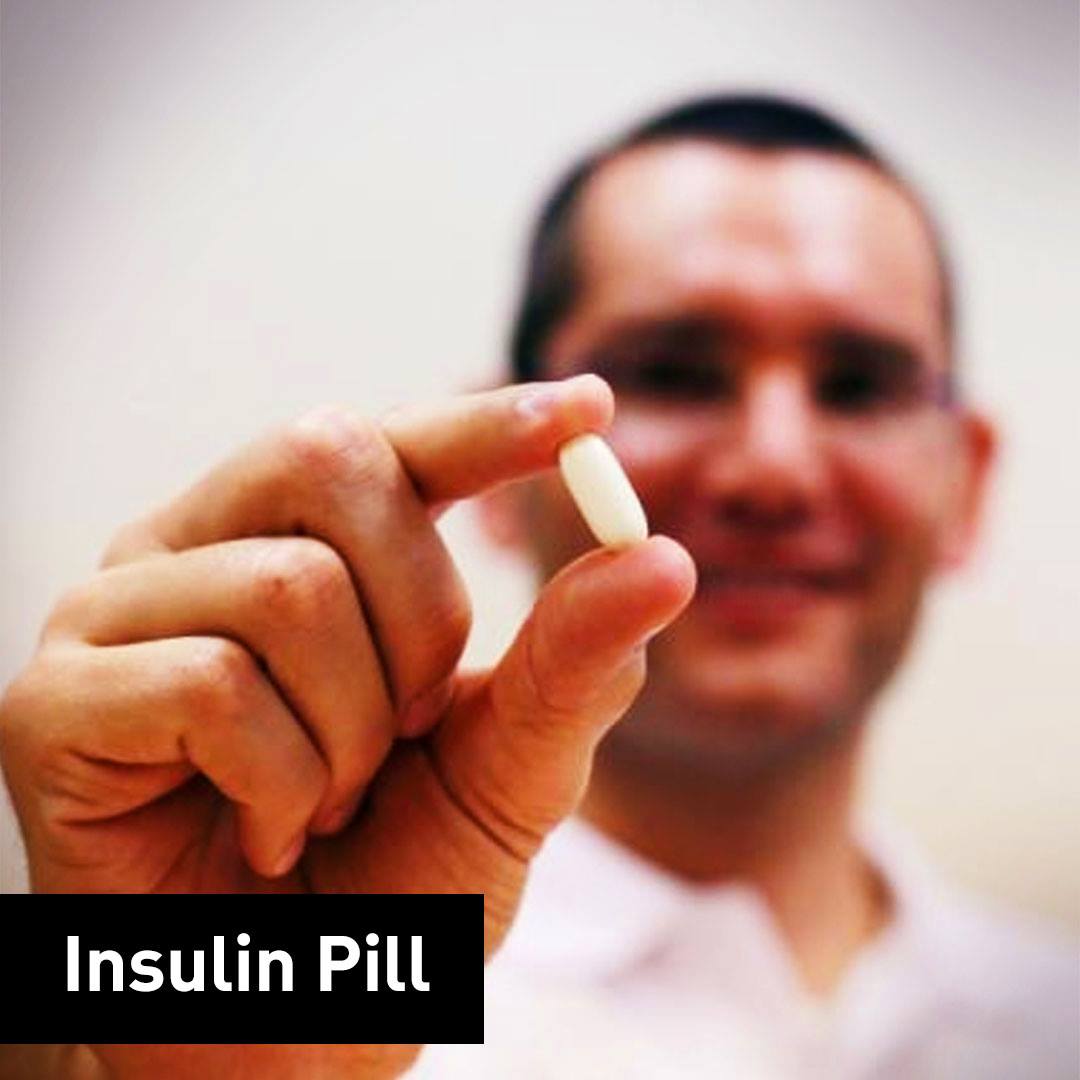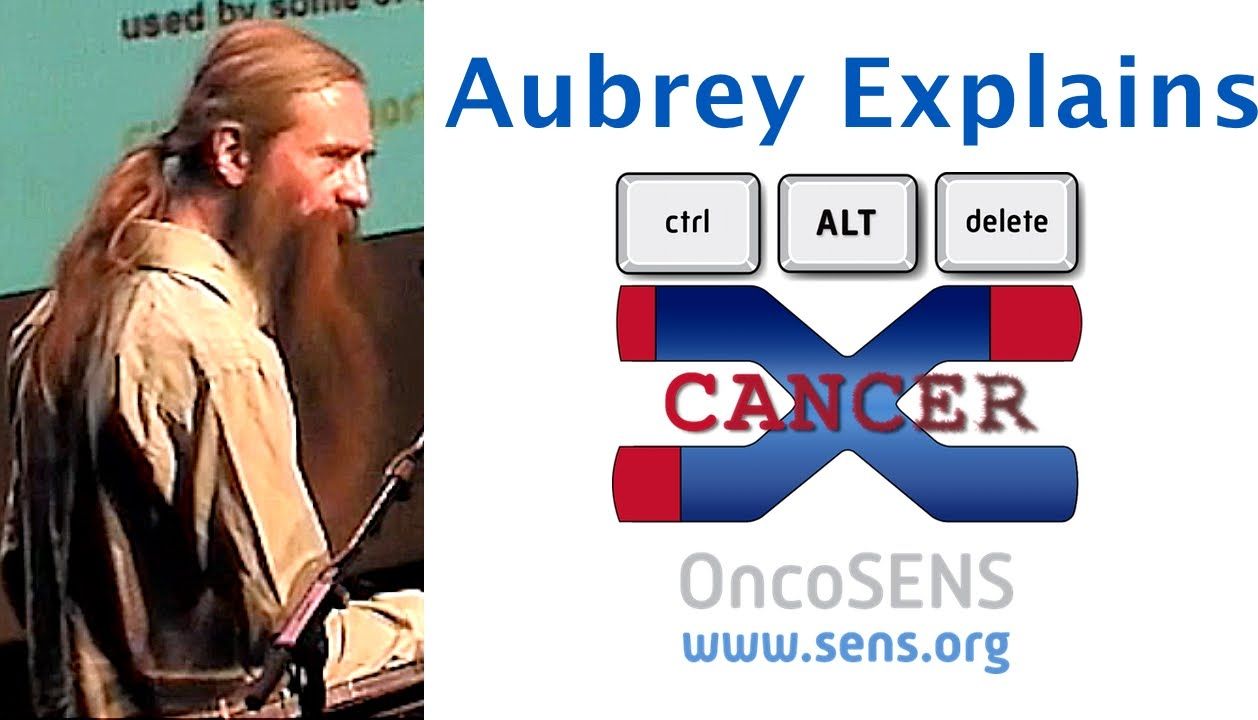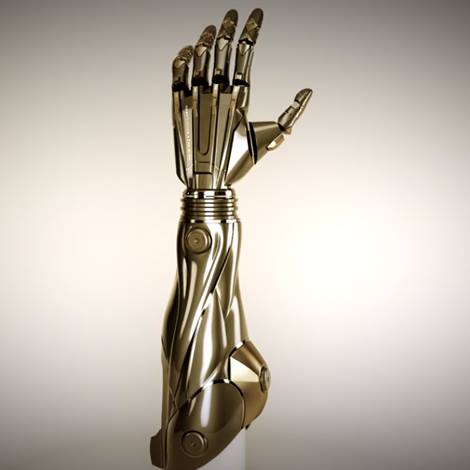Aug 8, 2016
Scientists Create Language to Program Living Cells
Posted by Karen Hurst in categories: biotech/medical, computing, education, internet
Nice — another step forward for all things connected.
Scientists can now talk to and even command living cells–to a limited degree at the moment, but with massive implications for the future. MIT biological engineers have created a computer code that allows them to basically hijack living cells and control them. It works similarly to a translation service, using a programming language to create a function for a cell in the form of a DNA sequence. Once it’s scalable, the invention has major ramifications. Future applications could include designing cells that produce a cancer drug when a tumor is detected or creating yeast cells that halt their own fermentation if too many toxic byproducts build up.
Continue reading “Scientists Create Language to Program Living Cells” »
